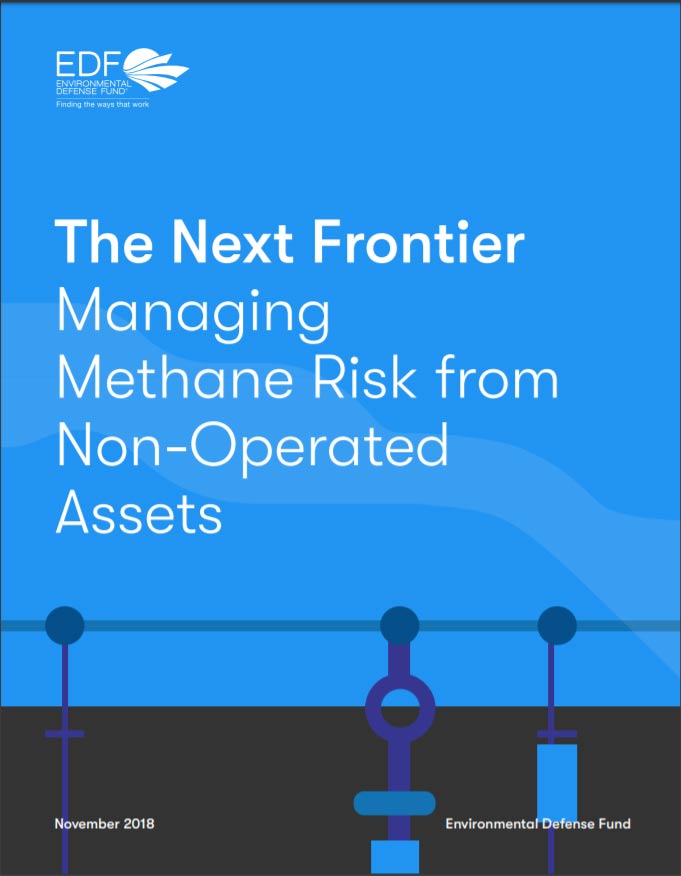- Resources
- The next frontier: managing methane risk from non-operated assets
Resources
The next frontier: managing methane risk from non-operated assets
Published: November 26, 2018 by Isabel Mogstad

The world’s major oil and gas companies face a significant emissions risk within the industry’s vast web of joint ventures. By not incorporating methane emitted by facilities they own but do not operate into their commitments to reduce global methane emissions, companies are leaving a crucial opportunity to reduce potent greenhouse gas emissions on the table.
This report analyzes the so-called ‘non-operated assets’ (NOAs) of the eight publicly traded companies participating in the Oil & Gas Climate Initiative – BP, Chevron, Eni, ExxonMobil, Occidental, Repsol, Shell and Total. Oil and gas produced just by the eight companies’ NOAs accounts for fully one-fifth of world production.
Companies in the spotlight
Industry commitments to reduce methane emissions have accelerated among both publicly traded and state-owned producers. BP, ExxonMobil and Shell, for example, announced individual methane targets. In September, all 13 members of the Oil and Gas Climate Initiative pledged to reduce collective methane emissions from oil and gas operations to 0.25% of production by 2025.
This analysis is particularly important as industry, investors and regulators step up focus on methane, a potent greenhouse gas responsible for a quarter of the warming we experience today. As stakeholders scrutinize carbon footprints, a growing fleet of satellites is bringing new visibility into higher emitting projects and geographies.
